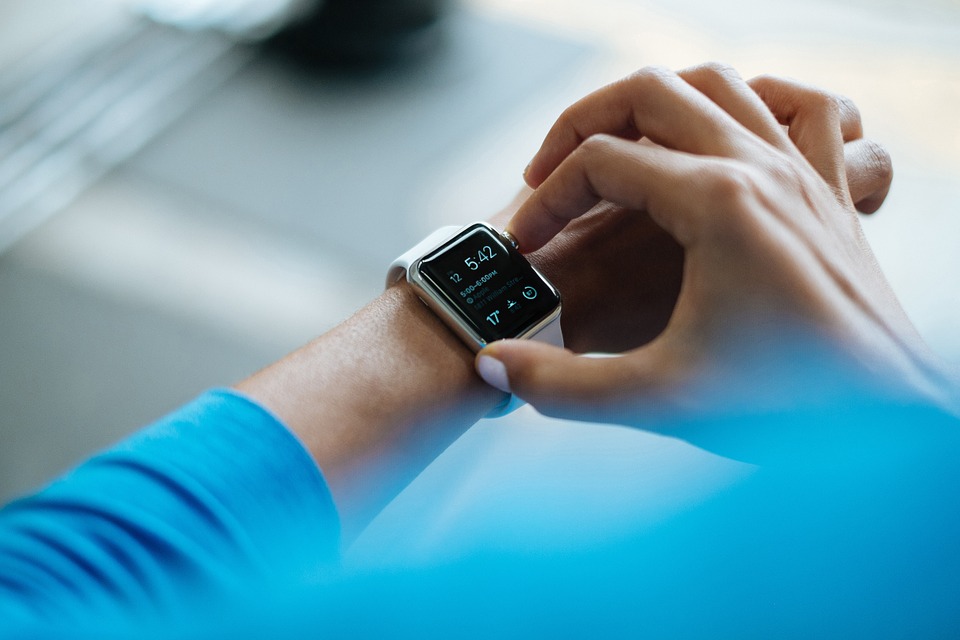‘Fashnology’ a factor for picking wearable devices, researchers find
Posted by Andrew Careaga

Missouri S&T researchers found that certain factors influence the adoption of wearable devices.
From fitness bands to smart glasses, wearable technology has grown in popularity in recent years. But what prompts people to put on a wearable device? A recent study conducted by researchers at Missouri University of Science and Technology provides some answers.
The study, published recently online, examined what features and attributes of two wearable products – Google Glass and the Sony SmartWatch 3 – were attractive or unappealing to users.
The researchers interviewed two groups of users – one made up of university students and one made up of staff. While the researchers found some differences in what appealed most to the different groups, they also found common attributes that influenced users’ adoption behavior. Those attributes included a device’s look and feel as well as its brand, and common values, such as image and value for money.
“One of the main takeaways for researchers and practitioners is that wearable technology, unlike traditional technology, is a ‘fashnology’ because they are both fashion accessories as well as functional technology,” says Dr. Fiona Fui-Hoon Nah, a professor of business and information technology at Missouri S&T and one of the study’s co-authors. “The findings suggest that wearable technology needs to be designed with fashion, aesthetics, and the look and feel in mind.”
“For example, weight, form factor (due to bulkiness) and battery heat were identified as inhibiting factors,” Nah says. “Privacy was also identified as a concern for wearable devices. To increase adoption, it is critical to have fitness apps and trackers in a smart watch, and messaging and social media apps in smart glasses.”
The paper, “Factors influencing the adoption of smart wearable devices,” was published online Aug. 11, 2017. It will appear in the International Journal of Human-Computer Interaction. The research was conducted by three members of the Missouri S&T business and information technology faculty and two students from that department. Lead author Apurva Adapa earned her master’s degree in information science and technology in 2016. The other student author, Samuel M. Smith, earned his bachelor’s degree in information science and technology in May 2017. Faculty members co-authoring the paper are Dr. Fiona Nah, Dr. Richard Hall and Dr. Keng Siau, all professors of business and information technology. Siau is also the chair of the department.
“Understanding factors influencing the adoption of wearable devices is critical to improving the design and development of wearable devices,” says Siau.
Leave a Reply